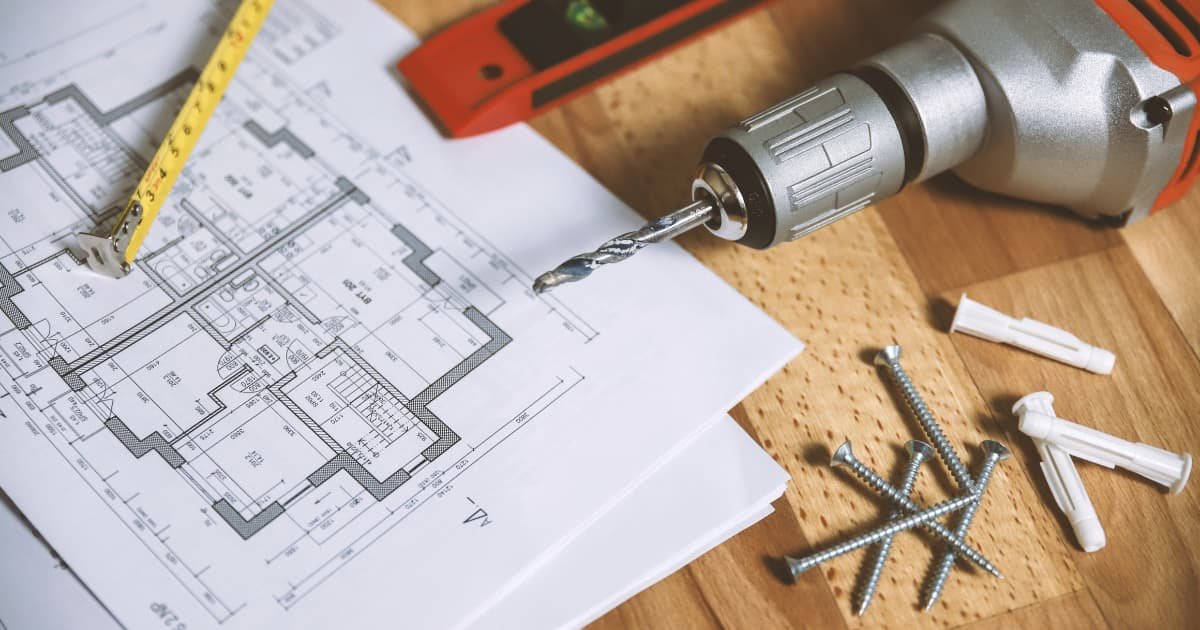
How to Protect yourself from Lead Poisoning during a Renovation
Do you have big plans for your home this year? Are you planning a large renovation project that will have your home feeling more stylish, functional, and modern? Home renovations can be a very exciting project for homeowners to tackle, as there is very real excitement over what the results will bring. But it’s important not to get too wrapped up in that excitement and the rush to get the renovations done and over with, as safety should also be a top concern.

For anyone living in a home that was built during a time where lead paint was being used, home renovations need to take on a much more measured and safe approach. Removing lead paint isn’t just a DIY job you can do yourself, and you need to know how to protect yourself from lead poisoning during a renovation.
Should You Be Concerned that Your Home Has Lead Paint?
For those homeowners who are unsure if their home has lead paint or not, age will be the determining factor. Lead paint was banned by the federal government back in the late 1970s, but unfortunately, many builders and painters continued to use it. They had their stocks so they wanted to go through them, plus there was the fact that painters at that time really liked the results that lead paint gave and there wasn’t mainstream knowledge of what lead poisoning meant and the damage it was capable of causing.
Lead paint continued to be used in many houses during the early to mid-1980s. The only way to know for sure if a house has lead paint is to have a professional inspector come out and look for signs of lead paint.
Use a Professional During the Renovation Project
As for staying safe during the renovation project, the best way to stay safe is to hire a professional lead paint remover. These are people that are EPA certified, and have taken specific courses in lead paint removal and care. They understand what it means to work with lead products in a safe manner, not just protecting their own safety, but that of every person in the home. You can read more about lead safety courses at ZotaPro, which gives people the choice of online vs in person courses. It’s a great way to educate yourself on just how important safety certification is and why these professionals are the best ones to do the job.
Wear the Proper Safety Equipment
Keep in mind that even the smallest amount of lead dust particles is extremely dangerous and toxic. That dust can be so small that you don’t even see it in the air. Don’t just assume that everything is safe and clean; it’s better to assume that it’s a dangerous environment and wear the proper safety equipment. The best thing to do is to use a HEPA vacuum cleaner to clean up surfaces, wear a NIOSH-certified respirator that also has a HEPA filter, and wear protective clothing so that dust and particles can’t cling to you. This means full face shields, goggles, shoe covers, a hat, coveralls, and gloves. At the end of the day, you can never be too safe or too cautious when it comes to dealing with lead paint.



